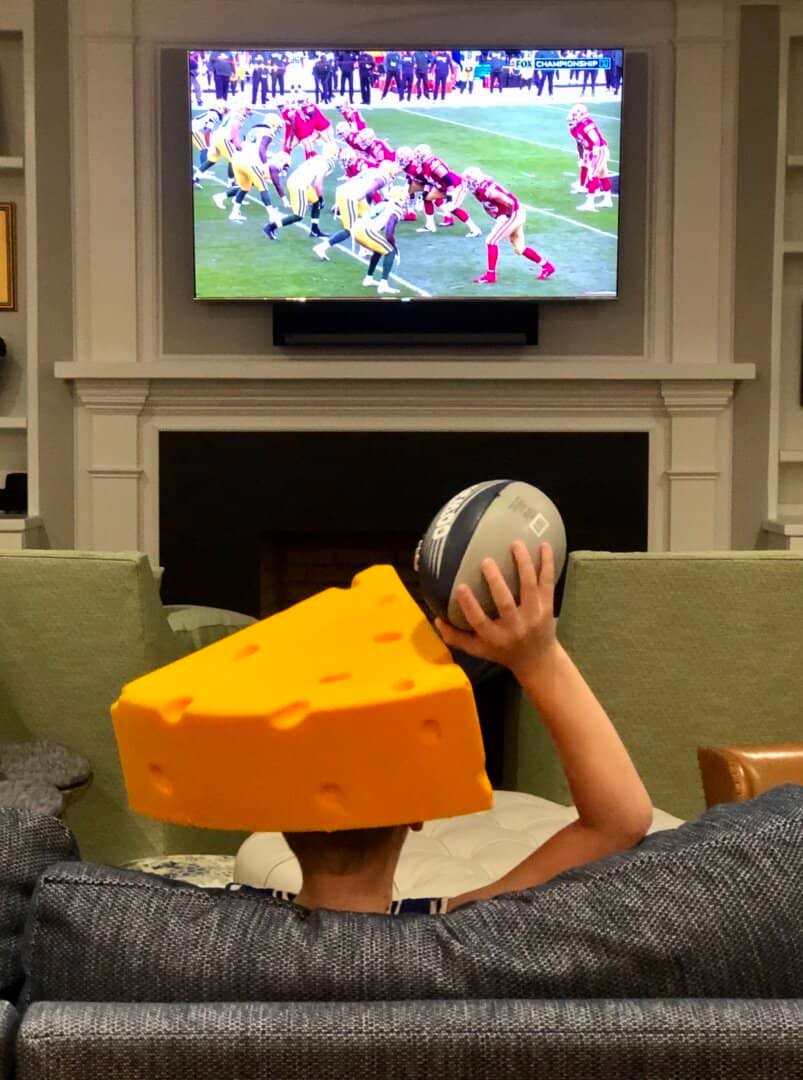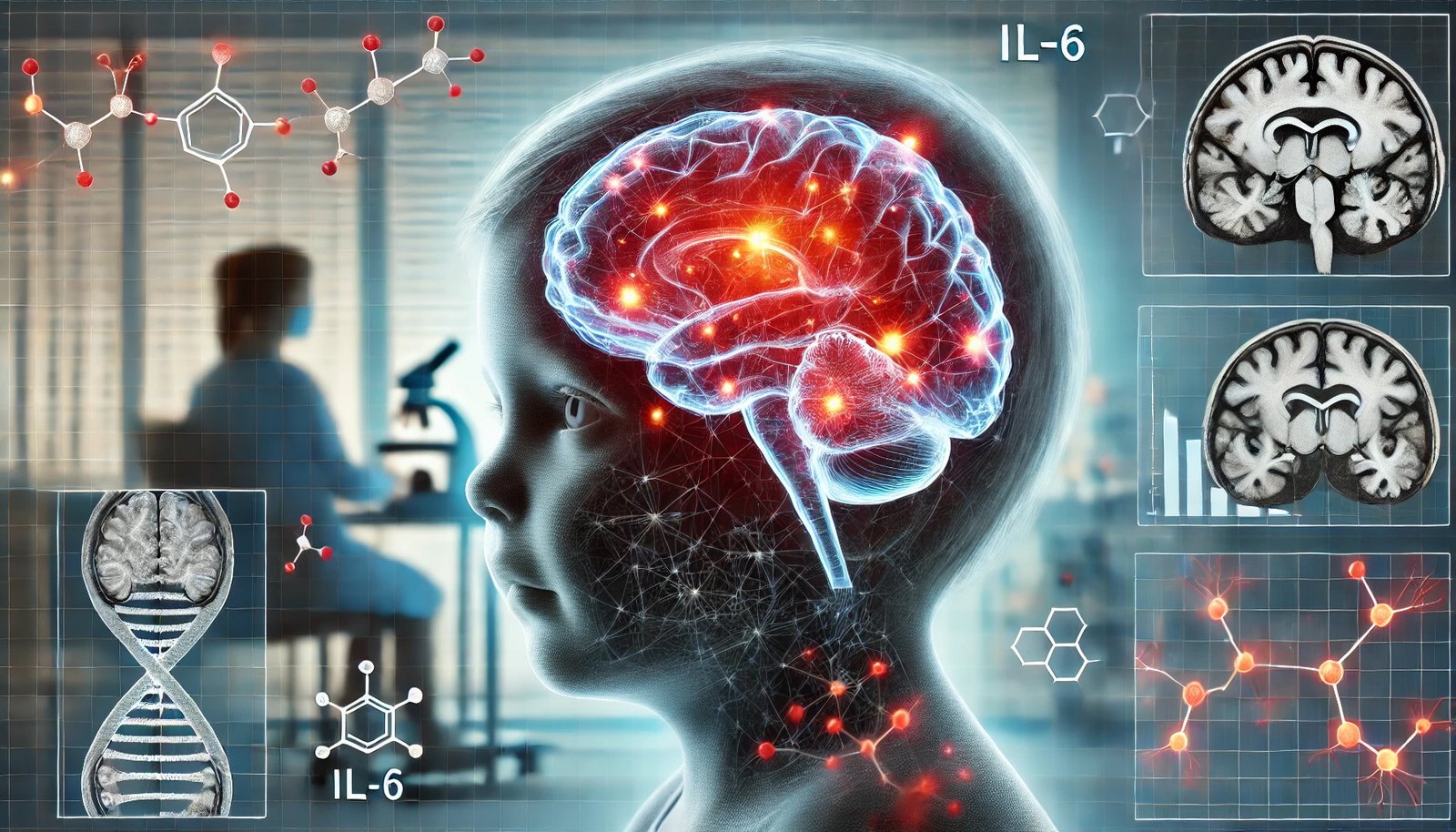The importance of video modeling for autistic individuals lies in its ability to facilitate skill acquisition and improve the quality of life for those affected. This intervention tool is especially useful due to its visual and practical approach, which caters to the learning needs and characteristics of many people with autism. By offering clear and structured examples of desired behaviors, video modeling allows autistic individuals to effectively learn, imitate, and adopt new skills. Moreover, this technique can help reduce the frustration and anxiety associated with learning, as it provides a safe and controlled environment in which individuals can practice and improve at their own pace. Ultimately, video modeling plays a key role in supporting the growth and development of autistic individuals, enabling them to achieve greater independence and participation in society.
How Video Modeling Works
Video modeling works by presenting the learner, often in this case autistic individuals, with clear and structured visual examples of specific behaviors or skills that are desired to be taught. These videos are created by showing someone, whether an adult, a peer, or even themselves (in the case of self-modeling), performing a task or behavior correctly and successfully.
For example, if the goal is to teach an autistic child to greet people appropriately, they can be shown a video of someone greeting appropriately, making eye contact, smiling, and saying “hello.” By watching this video, the child can learn to imitate and adopt the behavior in their daily life.
Another example could be teaching self-help skills, such as handwashing. In this case, the video would show someone turning on the faucet, wetting their hands, applying soap, rubbing their hands together, rinsing, and drying with a towel. By watching the video, the autistic individual can learn the necessary steps to perform this task independently.
In summary, video modeling is an effective teaching technique that presents visual examples of desired behaviors or skills, allowing autistic individuals to imitate and adopt them in their everyday life. This strategy is particularly useful for those who may struggle to understand or process verbal information or require visual reinforcement to learn new skills.
Why is Video Modeling Effective?
Video modeling is effective due to several factors that align with the characteristics and learning needs of many autistic individuals.
- This approach utilizes visual stimuli, which is especially helpful for those who may struggle to process verbal information. Visual stimuli are easier to understand and retain for some individuals with autism, facilitating learning.
- Video modeling provides clear and structured examples of desired behaviors or skills. This allows the autistic individual to focus on a specific goal and practice the skill without distractions or ambiguities. Additionally, by showcasing successful behavior, video modeling provides a clear example of what is expected and how it can be achieved.
- Video modeling allows learning through repetition. Autistic individuals can watch the videos as many times as necessary until they feel confident in their ability to imitate the behavior or skill. This enables them to learn at their own pace and in a safe and controlled environment, which may reduce anxiety and frustration associated with learning.
- Video modeling can be tailored to the individual needs of each person with autism. Videos can be customized to address specific skills or particular challenges, allowing for a more targeted and effective intervention.
In summary, video modeling is effective due to its visual approach, the clarity and structure of the examples presented, the possibility of repetition, and its ability to adapt to the individual needs of autistic individuals. These factors, combined, facilitate learning and skill acquisition, which can improve the quality of life and independence for people with autism.
Types of Video Modeling

There are several types of video modeling, each with its characteristics and advantages. The main types, along with examples, are described below:
Adult Modeling: In this approach, an adult acts as the model and demonstrates the desired behavior or skill in the video. This type of video modeling is useful when teaching more complex skills to the autistic individual or when no peers are available to act as models.
Example: An adult could teach how to behave during a job interview, demonstrating proper sitting, eye contact, and answering the interviewer’s questions.
Peer Modeling: Here, peers of a similar age to the autistic person act as models in the video. This approach can be effective as the autistic person may feel more comfortable and motivated seeing someone their own age performing the task or behavior.
Example: An autistic child could learn to share toys by watching other children of their age interacting and sharing toys appropriately in a video.
Self-Modeling: In self-modeling, the autistic person themselves appears in the video performing the desired behavior or skill. To create these videos, the person is recorded performing the task correctly (possibly with assistance), and then the footage is edited to show only the successful parts.
Example: An autistic teenager could learn to tie their shoelaces by watching themselves correctly perform the process in a video.
Point-of-View Modeling: This approach shows the task or skill from the perspective of the person performing the action. This type of video modeling can be helpful for teaching motor skills or action sequences that require a more precise understanding of movements and hand or object positioning.
Example: To teach sandwich-making, the video could show the first-person view of someone taking the ingredients, spreading mayonnaise, placing ham and cheese slices, and closing the sandwich.
Each type of video modeling has its advantages and can be chosen based on the needs and preferences of the autistic individual, as well as the skills and behaviors to be taught.

How to Use Video Modeling
To effectively use video modeling, it is essential to follow certain steps and considerations to ensure an appropriate and successful learning process. Here are some tips for using video modeling correctly:
Identify the specific skill or behavior to be taught
Before starting, it is crucial to determine the goal to be achieved with the autistic person, whether it is to improve social, communicative, self-help, or other skills.
Select the most appropriate type of video modeling
Choose from adult modeling, peer modeling, self-modeling, or point-of-view modeling, depending on the needs and preferences of the autistic individual and the skill or behavior to be taught.
Create or select an appropriate video
The video should be clear, concise, and focused on the desired skill or behavior. Ensure that the model in the video demonstrates the behavior correctly and successfully. If necessary, you can search for existing videos or create a customized one.
Present the video in a controlled and distraction-free environment
The autistic person should be comfortable and focused while watching the video. Minimize external distractions and provide an appropriate learning environment.
Repeat the video as needed
Allow the autistic person to watch the video as many times as necessary until they understand and can imitate the behavior or skill shown in the video.
Practice and Imitate
After watching the video, encourage the autistic person to practice and imitate what they have seen in the video. Provide support and positive reinforcement during the learning process.
Monitor and Evaluate Progress
Observe the autistic person’s progress and assess whether they are acquiring the desired skill or behavior. If necessary, adjust the approach or video used to ensure successful outcomes.
Generalize Skills
Once the autistic person has learned the skill or behavior, it is important to encourage them to apply what they have learned in different situations and contexts in their daily life.
By following these steps and considerations, video modeling can become an effective and valuable tool for teaching skills and behaviors to autistic individuals, improving their quality of life and independence.












